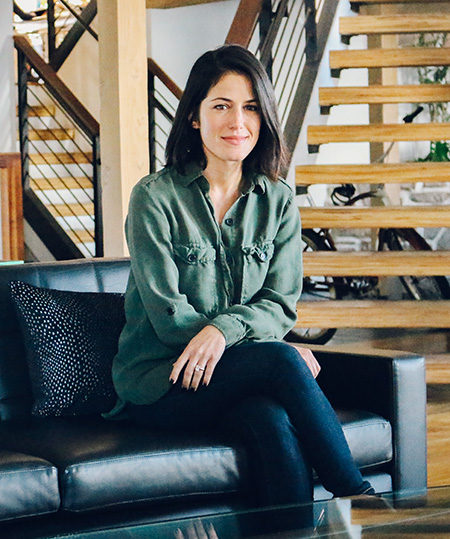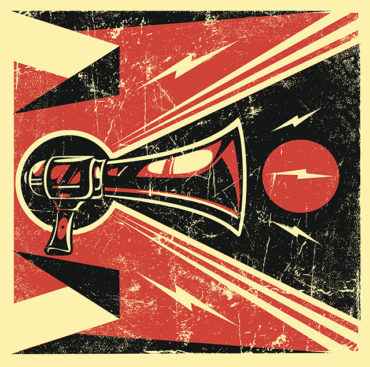Inspiration meets innovation at Brandweek, the ultimate marketing experience. Join industry luminaries, rising talent and strategic experts in Phoenix, Arizona this September 23–26 to assess challenges, develop solutions and create new pathways for growth. Register early to save.
Seventeen. The number of times our clients used the word “authenticity” during a four-hour meeting on Dec. 5, 2016. Authenticity was mentioned in approximately 97 percent of client briefs in 2016, as well. I’ve tolerated it for a while. When it’s used, I take comfort in the knowing glances from my colleagues who have heard my “fuck your authenticity” tirade before. They smirk watching me restlessly readjusting myself in a leather chair to keep from disrupting a meeting in a fit of rage after a client tells me their brand is authentic for the 20th time.

You can’t be just authentic. Alone, defining a brand by authenticity lacks clarity, is open to interpretation, and it’s ambiguous. You might be an authentic sociopath, liar, narcissist or jerk. You can be authentic to something or from somewhere but you can’t be just authentic.
Authenticity has a wide berth, for both Donald Trump and Disney can be called as such. For example, Donald Trump is authentically greedy. He’s an authentic hypocrite. His extravagance is authentic. And, the family-friendly entertainment and amusement (and merchandising) giant Disney was named the most authentic brand of 2016 by the Authentic 100 (an annual index by a PR firm Cohn & Wolfe). The score is based on seven characteristics that have been arbitrarily chosen by the firm.
This indiscriminate nature of assigning “authenticity” is perfectly summed up with this quote from Ben G. Yacobi, PhD in physics, Imperial College & Harvard University, “In the absence of any clear criteria for judging authenticity, the boundaries between being authentic and being inauthentic are amorphous and uncertain, and often porous.”
The definition of authentic is obsolete; authoritative; worthy of acceptance; not false or imitation.
‘Authentic’ is an adjective. As such, it must modify a noun.
As strategists, we define brands and inspire creativity with insights from people, culture, and competitors. We’re failing our clients and our creative partners by tolerating authenticity in every brief.
Fuck your authenticity. It’s holding us back, keeping us tethered to yesteryear.
Instead, commit to intentions. Good intentions. Start to define your brand’s good intentions by answering these questions:
- What do we intend to achieve?
- What do we intend to change?
- Why do we have these intentions?
- Who do we want to be?
- What do we want to be known for achieving?
Commit to creating your own space, not finding space within your competition. Be intentional and aim towards a positive impact.
Think about who you are and what you do best; your founder’s story, provenance, product benefits, RTBs and points of difference all will give you permission.
What isn’t serving your brand is your white-knuckled grip on where you came from, what inspired the founders, and reliving historical successes. You need to create a brand purpose that intentionally impacts the future. Fuck authenticity. Ditch it. Promise to never use it again. Commit to finding your brand’s intention.
Let’s make 2017 the year of intention. Good intentions.
Constance DeCherney is the director of strategy at TDA_Boulder in Boulder, Colo.








